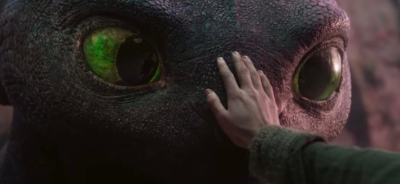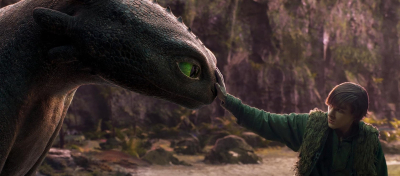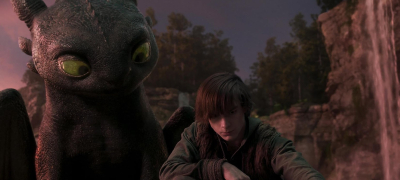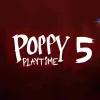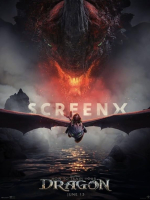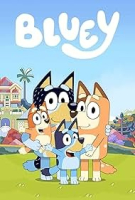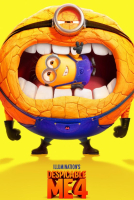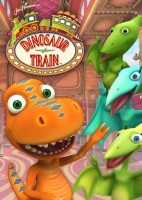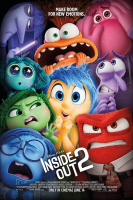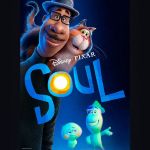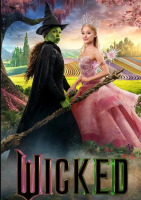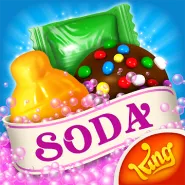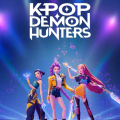How to Train Your Dragon (2025) review
How to Train Your Dragon (2025)
How to Train Your Dragon (2025): A Masterclass in Visual Storytelling, Weighed Down by Familiarity
The challenge of reviving a completed story arc is one many franchises have attempted in recent years, with mixed results. How to Train Your Dragon (2025) enters this arena as both a continuation and a nostalgic homage, seeking to recapture the emotional resonance of its acclaimed predecessors while advancing the saga into a new narrative era. The result is a film of impeccable visual craftsmanship and thematic sincerity that, while admirable in execution, struggles to fully escape the gravitational pull of its own legacy.
Story and Structure
Set several years after the events of The Hidden World, the narrative reintroduces audiences to a more seasoned Hiccup, now navigating the complexities of leadership in a world where humans and dragons have forged a fragile peace. The emergence of a new antagonist — a faction intent on exploiting dragons for power — necessitates the reunion of old allies and the introduction of a younger generation of Viking protagonists.
The screenplay adheres closely to classical narrative conventions, favoring a clear moral trajectory and predictable character arcs. While this ensures accessibility and thematic clarity, it also limits the film’s capacity for genuine narrative innovation. Familiar story beats are revisited: the call to adventure, generational conflict, and the reaffirmation of interspecies harmony, all delivered with polish but few surprises.
Technical and Aesthetic Excellence
If the story treads familiar ground, the film’s visual and technical achievements soar. DreamWorks Animation’s rendering technology has reached extraordinary heights, and How to Train Your Dragon (2025) represents a high watermark for the studio’s output. From the rich textures of Berk’s landscapes to the nuanced lighting of the film’s aerial battles, every frame is meticulously composed.
The animators have taken particular care with the design and movement of the dragons, crafting each species with distinct physicality and flight dynamics. A standout sequence involves a midair confrontation amidst a lightning storm, blending high-stakes action with painterly visuals reminiscent of classical seascape art.
John Powell’s score remains integral to the franchise’s identity, and here he expands upon established leitmotifs while introducing new compositions that enhance the film’s emotional and dramatic beats. The score’s orchestral swells are judiciously applied, underscoring key moments without overpowering the narrative.
Characterization and Performances
The returning voice cast — led by Jay Baruchel and America Ferrera — deliver performances that reflect their characters’ growth and maturity. Baruchel, in particular, conveys a tempered authority as Hiccup, balancing the character’s enduring idealism with the pragmatism of experience.
New additions to the ensemble, including Hiccup’s children and their peers, are competently voiced and provide a fresh dynamic, though their characterizations rely heavily on archetype. The film would have benefitted from granting these figures greater narrative agency and emotional complexity, especially given its thematic emphasis on generational succession.
Thematic Exploration
At its best, How to Train Your Dragon (2025) serves as an exploration of legacy — both personal and cultural. The film interrogates what it means to pass down values, leadership, and responsibility in a world marked by both progress and regression. It also revisits the franchise’s enduring commitment to themes of empathy, coexistence, and mutual respect across difference.
While these messages remain commendable, their delivery is at times overly direct, favoring exposition over subtext. In doing so, the film sacrifices some of the emotional nuance that distinguished earlier installments. Nonetheless, its sincere moral compass and aspirational tone offer a welcome counterpoint to the darker narratives prevalent in contemporary fantasy cinema.
Position Within the Franchise
As a franchise extension, How to Train Your Dragon (2025) functions effectively as both an epilogue and a prologue. It honors its roots while gesturing toward future narratives, clearly positioning its younger characters for potential sequels or spin-offs. This balancing act between conclusion and continuation is handled with technical finesse, though it occasionally results in pacing inconsistencies and tonal shifts.
The film’s reliance on nostalgia is both a strength and a liability. Longtime fans will appreciate the callbacks and visual motifs drawn from the original trilogy, but these elements sometimes hinder the film’s ability to carve a distinct identity. In an era of increasingly self-referential franchise cinema, this installment illustrates both the potential and the pitfalls of sequelization.
How to Train Your Dragon (2025) is a visually arresting and thematically earnest addition to the series, offering moments of genuine beauty and emotional resonance. While it falls short of the narrative originality that characterized the franchise’s earlier entries, it succeeds as a testament to the enduring appeal of its world and characters.
For audiences seeking a beautifully rendered, emotionally sincere adventure — albeit one with few narrative risks — this film remains a worthy cinematic experience. As a franchise artifact, it reinforces both the rewards and the limitations of revisiting familiar stories in an evolving cinematic landscape.
Pros
- Exceptional animation quality with meticulously crafted aerial sequences and environmental design
- A richly textured orchestral score that enhances emotional and dramatic moments
- Thoughtful exploration of legacy and intergenerational responsibility
- Strong, emotionally grounded performances from returning cast members
Cons
- A narrative structure that adheres too closely to established franchise formulas
- New characters lack sufficient narrative depth and development
- Thematic messaging occasionally delivered with excessive explicitness
- Moments of tonal imbalance as the film navigates between nostalgia and innovation
